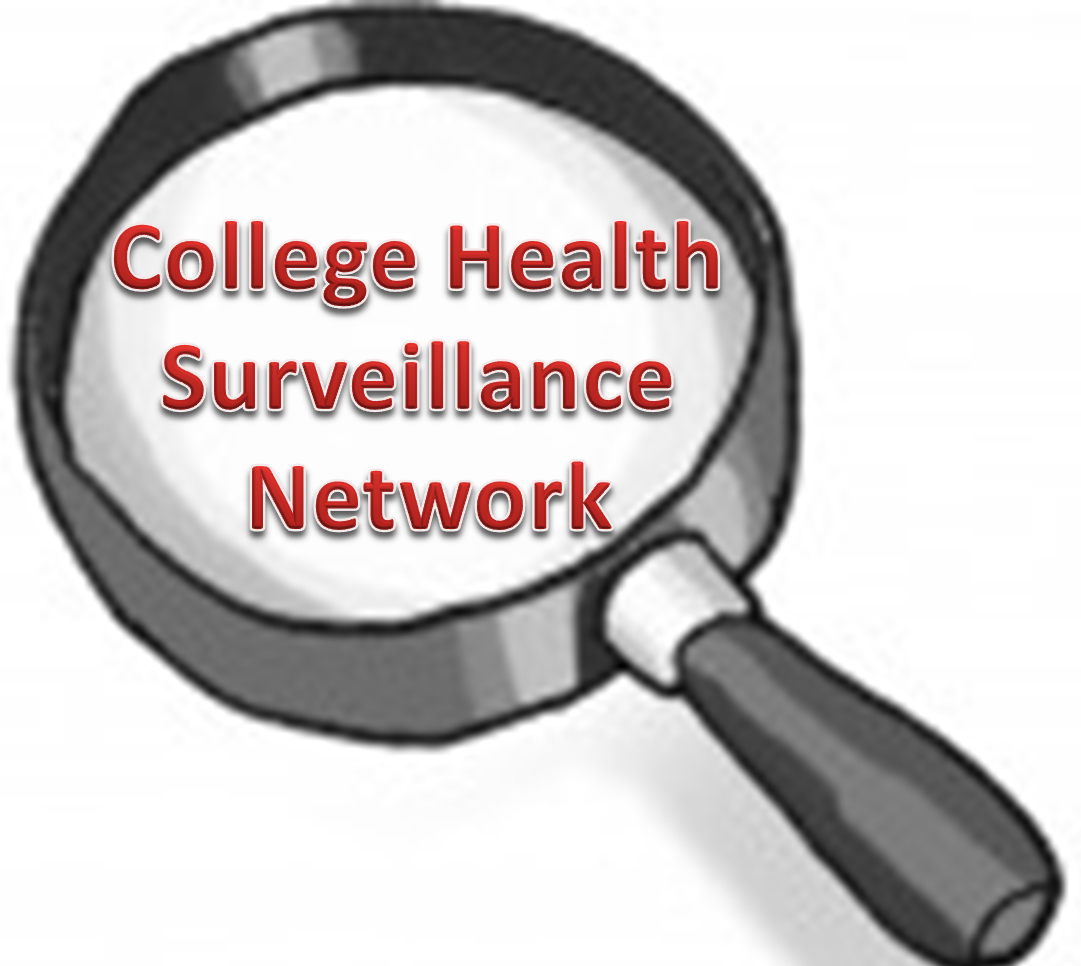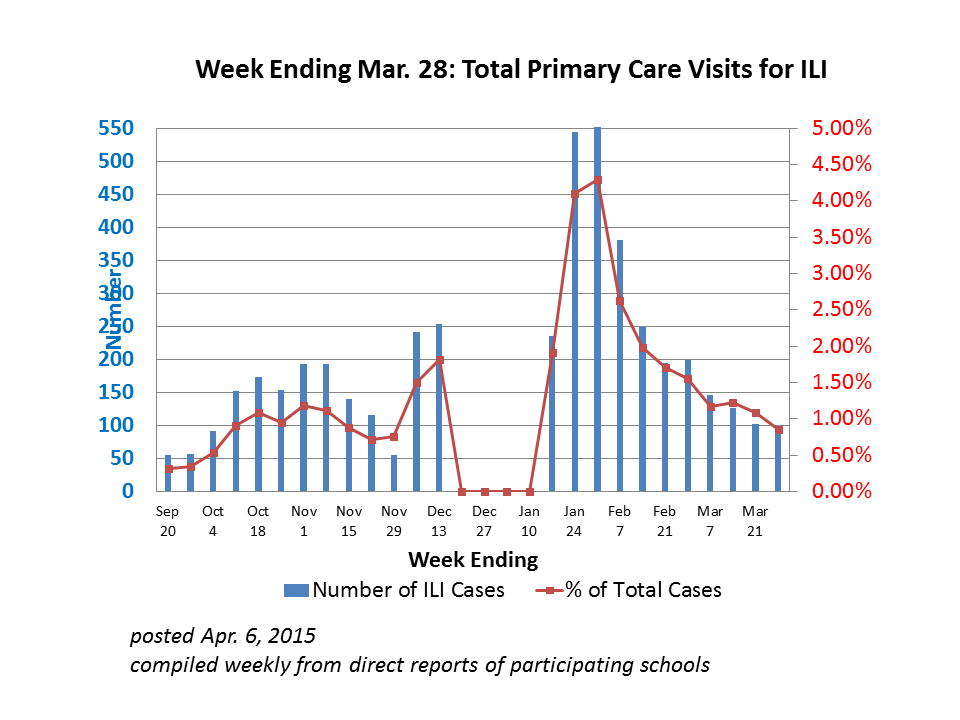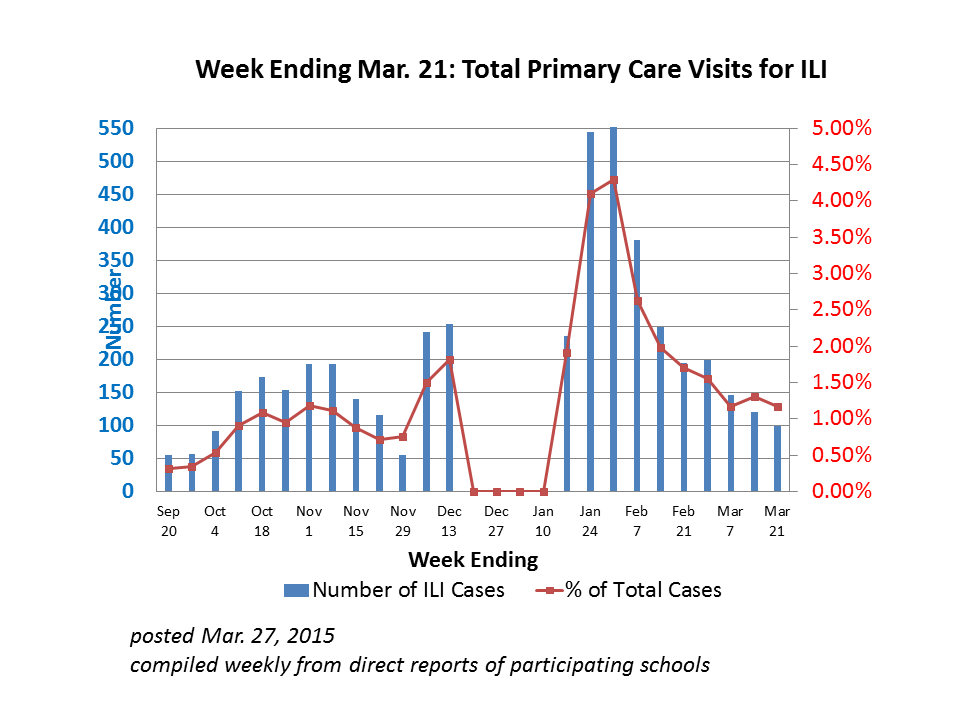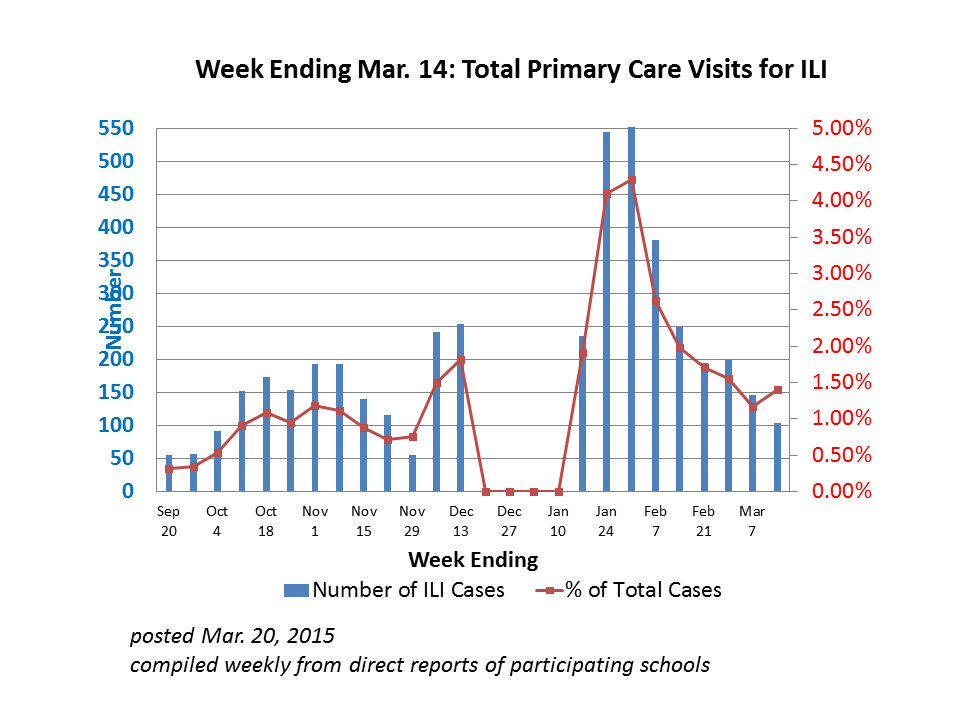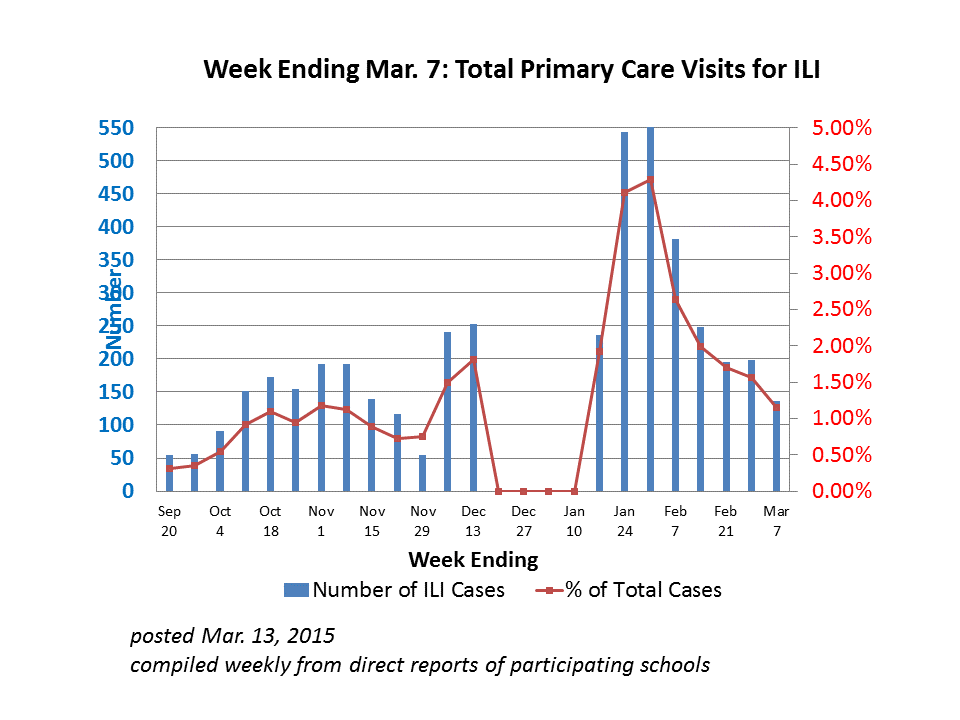The College Health Surveillance Network (CHSN) has been collecting medical data on college students since January 1, 2011. We wanted to share some highlights of the findings.
Demographics:
- Currently 23 schools, representing 730,800 enrolled students,participate in CHSN.
- The demographics of the CHSN sample population closely match those of the 108 four year very high research institutions. CHSN represents 21% of these schools, and 26% of their total enrollment.
Utilization:
Over 41 months of the study 802,000 individual students recorded 4.2 million visits. Sixty percent of the visits were for primary care, 13% for mental health care, 9% for vaccination, and 31% for miscellaneous services (lab tests, dental, optical, PT, etc.
When calculating the annual rate of use per 100 enrolled students, interesting trends emerge:
- Overall for the entire network there were 165 visits annually per 100 enrolled students.
- Private schools had higher rates of utilization than publics (243 vs. 173).
- Females used services more than males (229 vs. 140).
- Students under age 18 years had the highest rate of utilization (471) while older students 25-29 years (262) used services much more than traditional-aged students 18-21 years (161).
- Students identified in the major racial groups served used health services at higher rates than Whites (African American 279, Asian 279, Hispanic 251, Whites 112) suggesting highly accessible care for divers populations.
- Graduate students used services at higher rates than undergraduates (201 vs. 128).
James Turner, M.D., Executive Director of NSNI & Principal Investigator of the CHSN project


